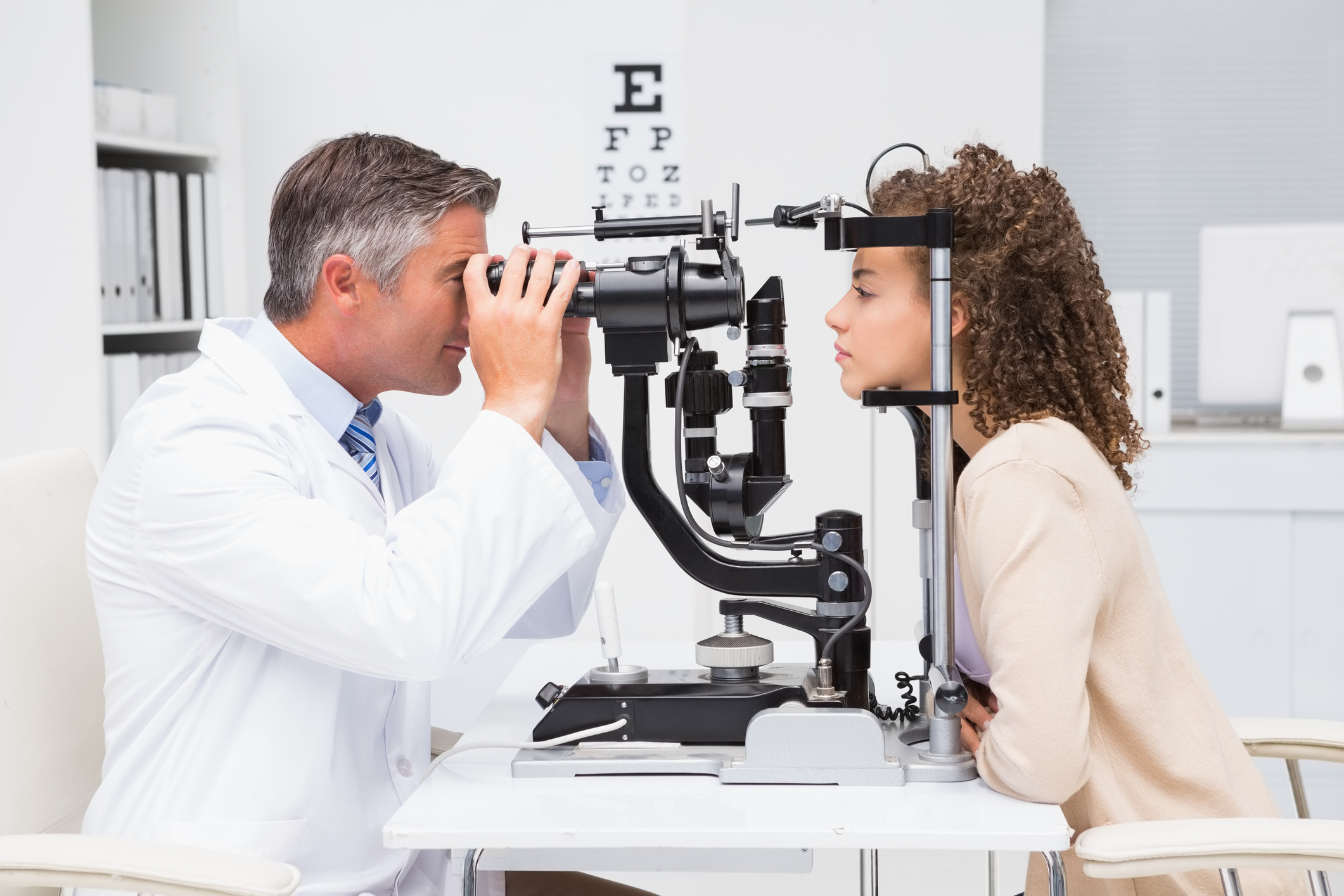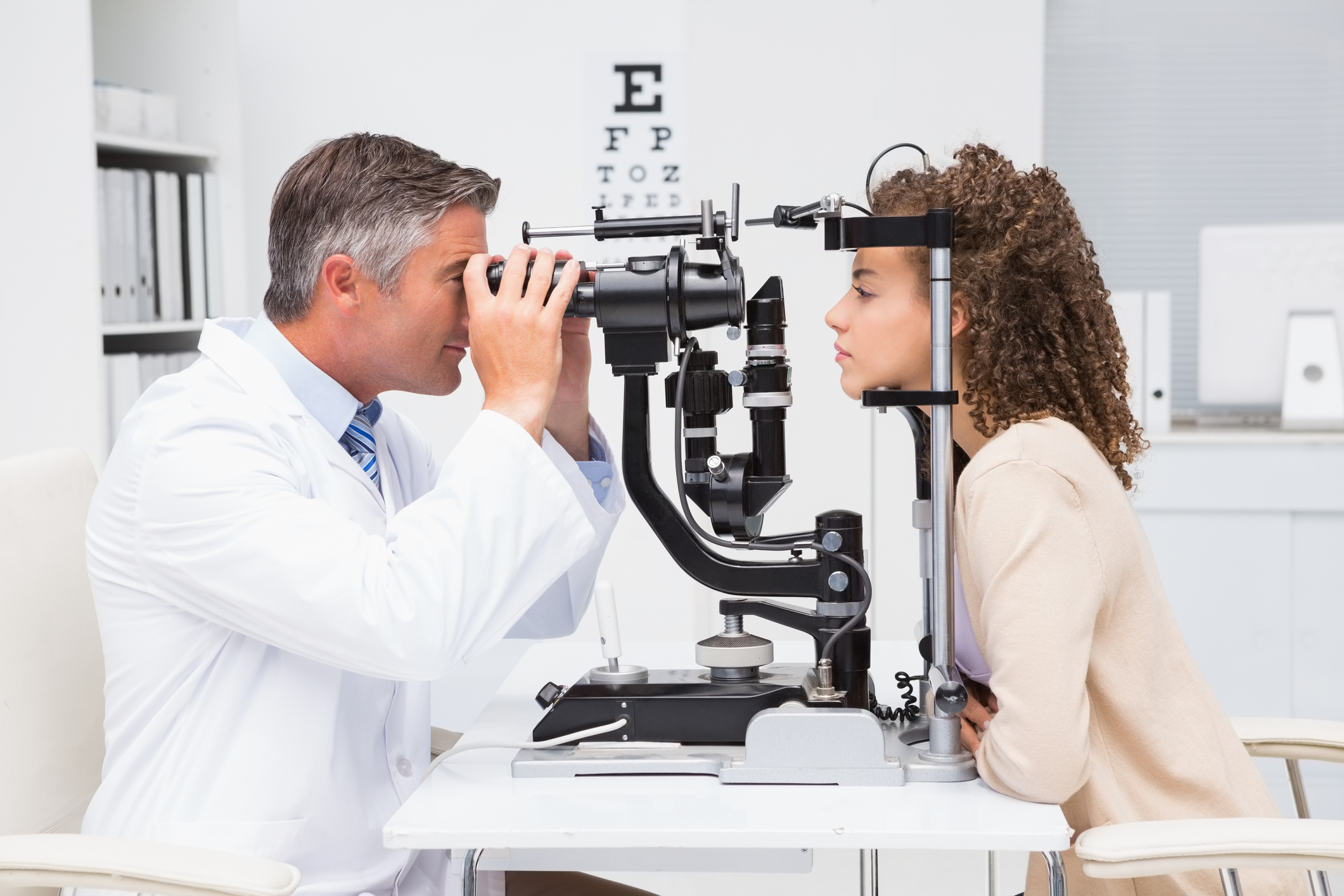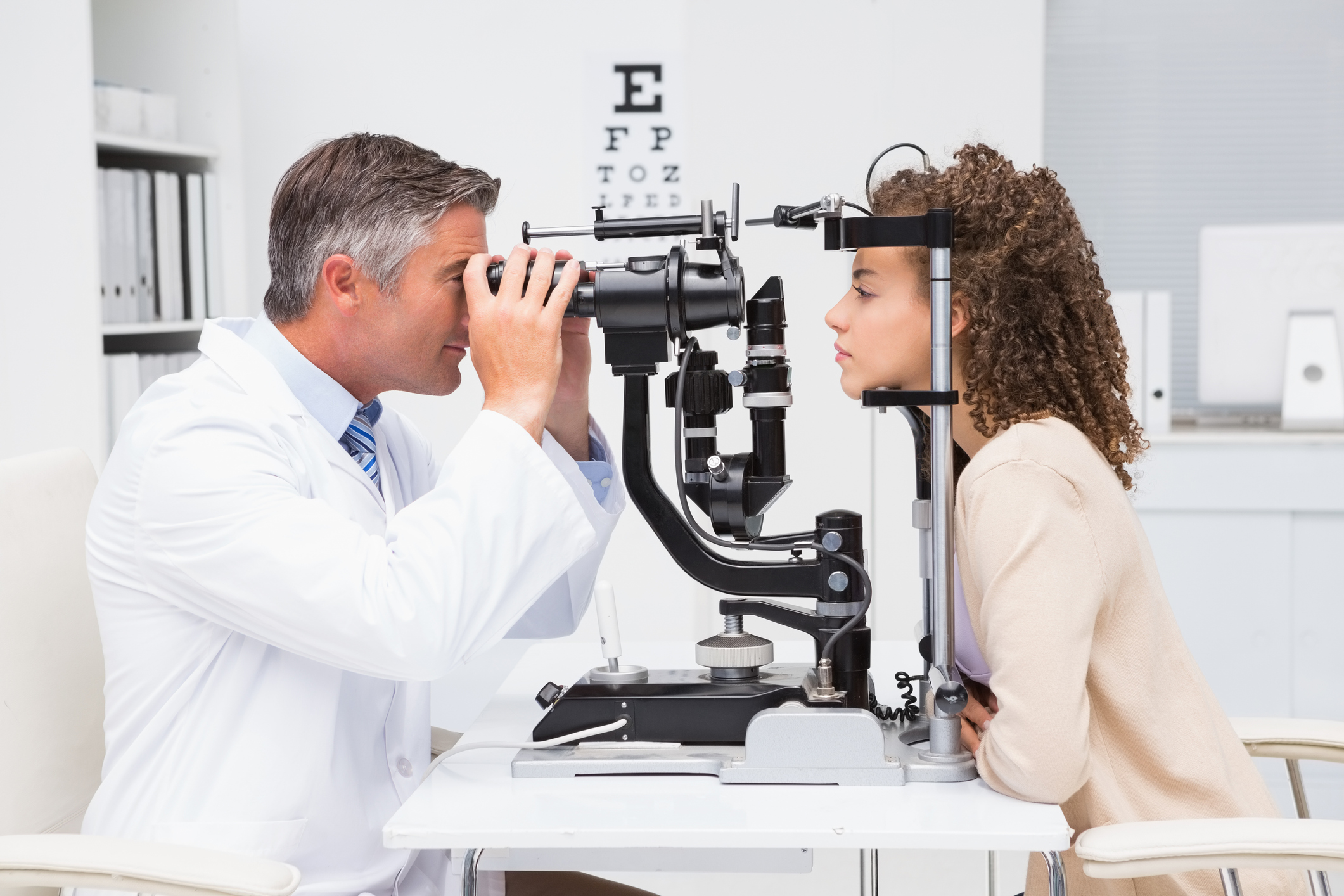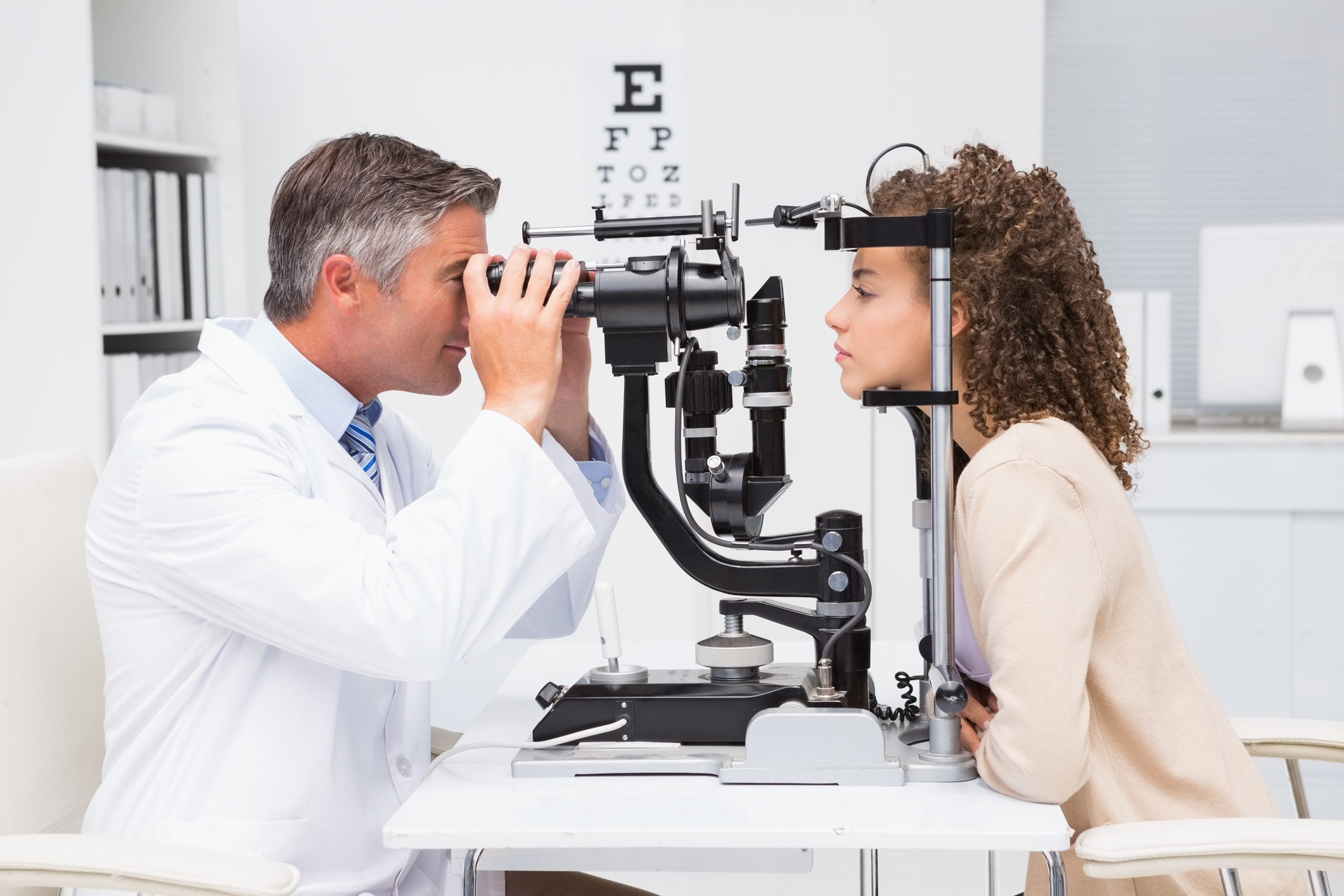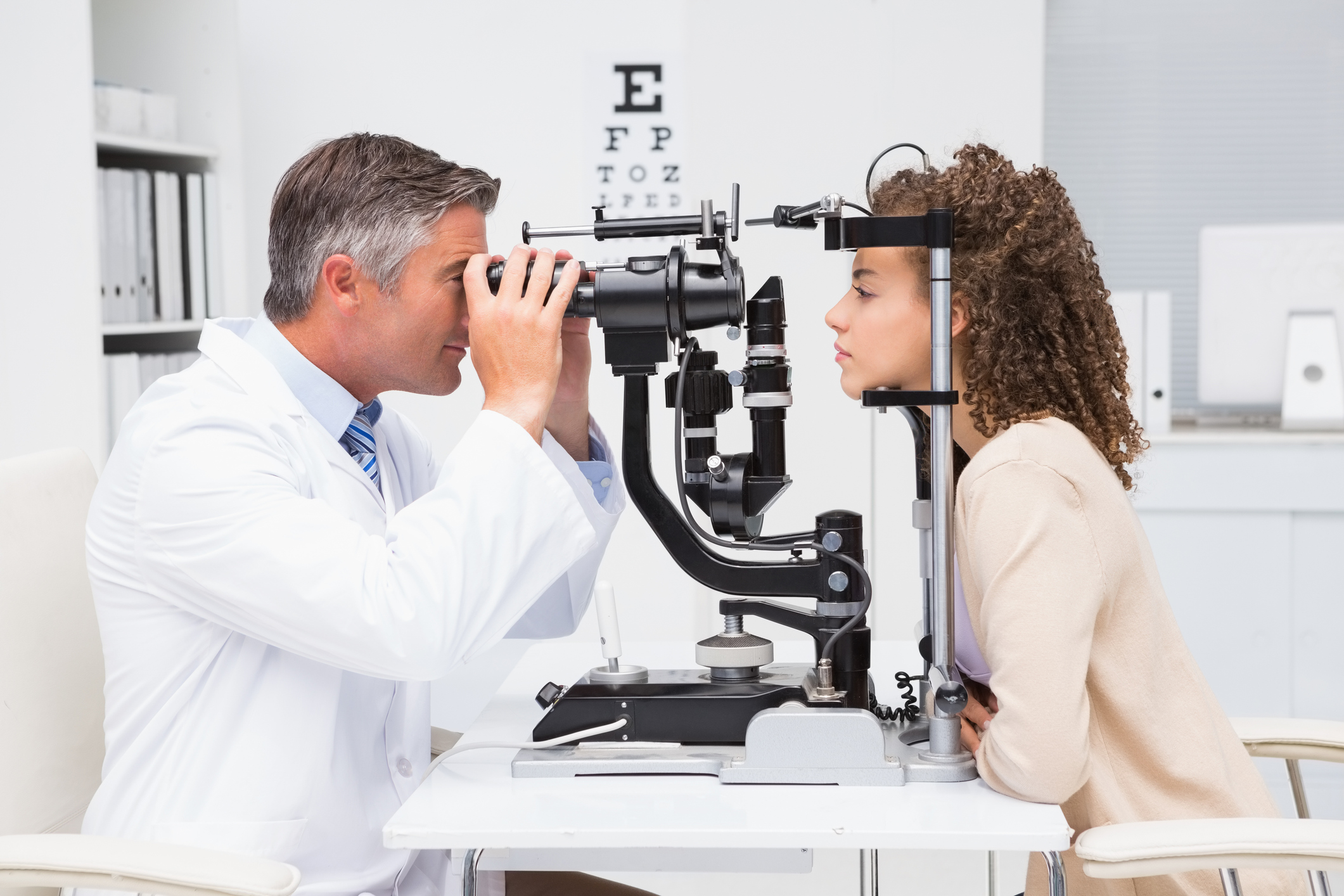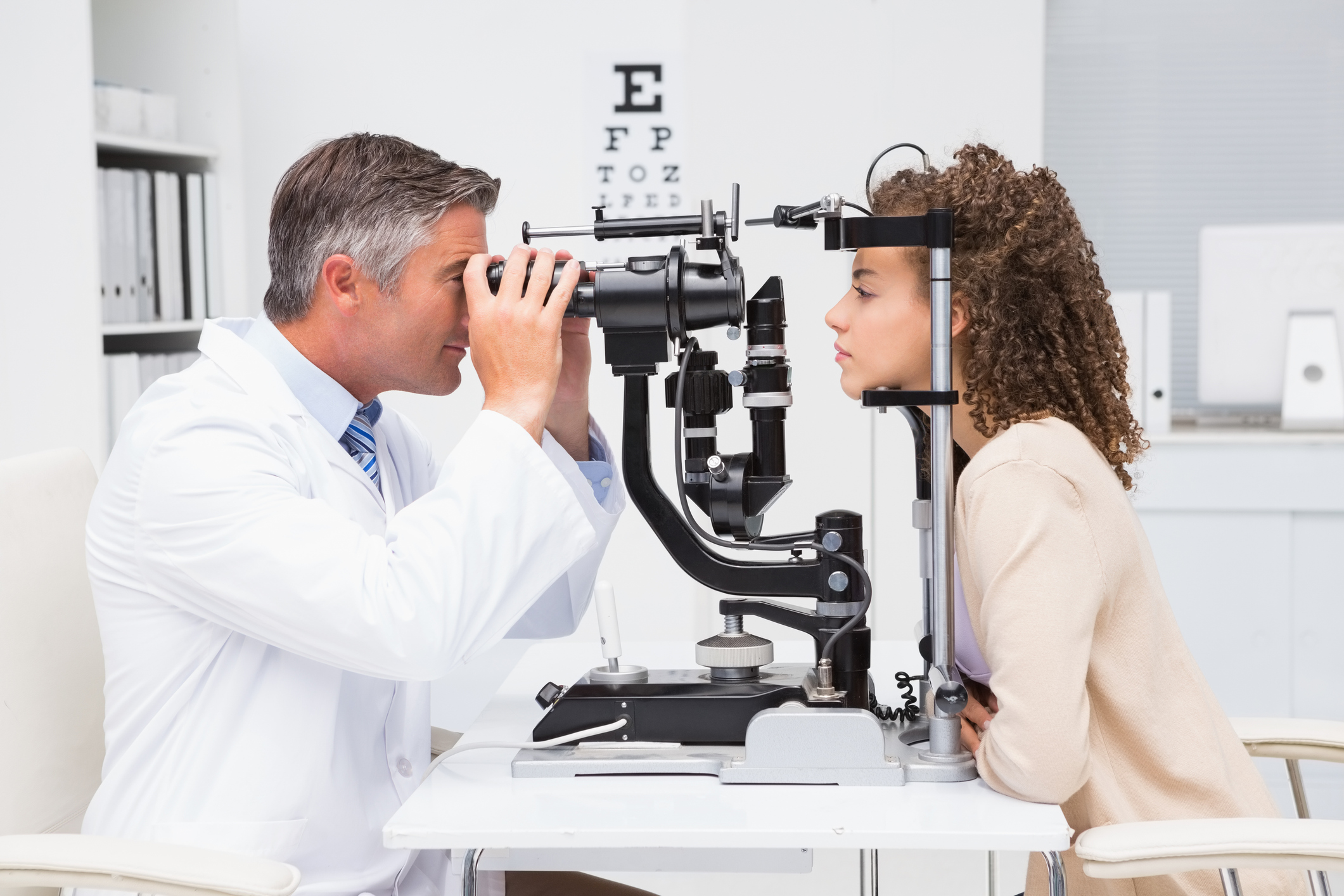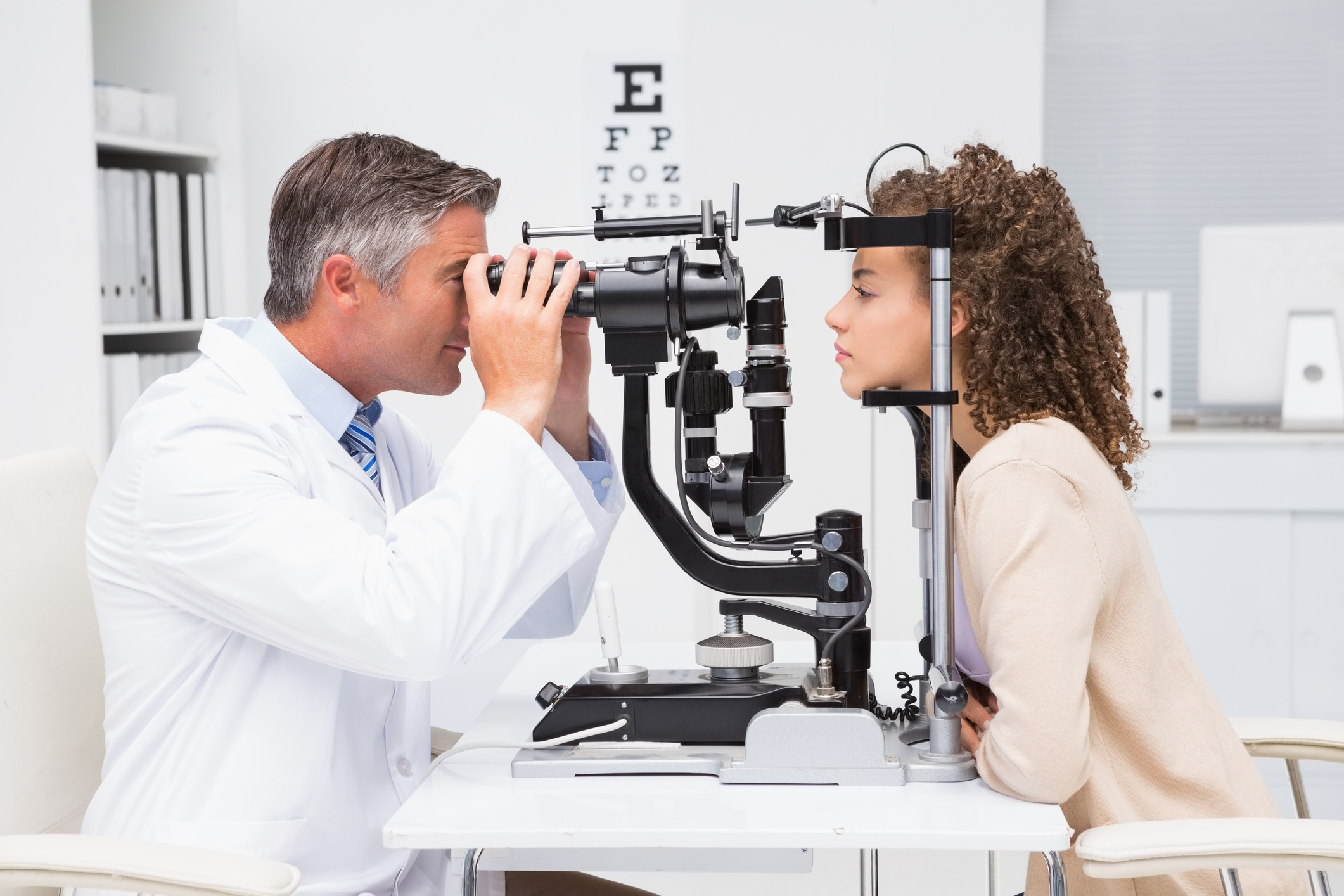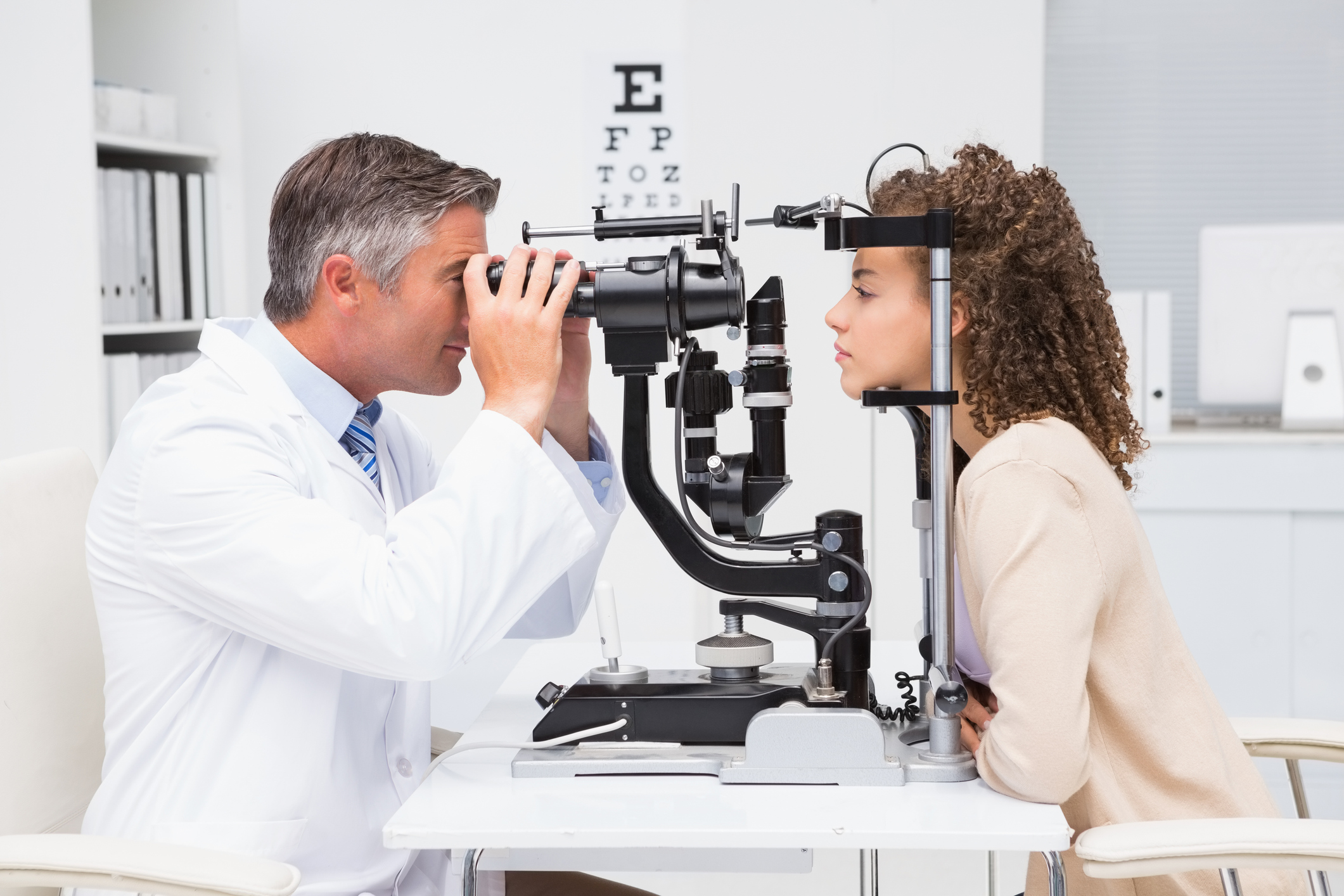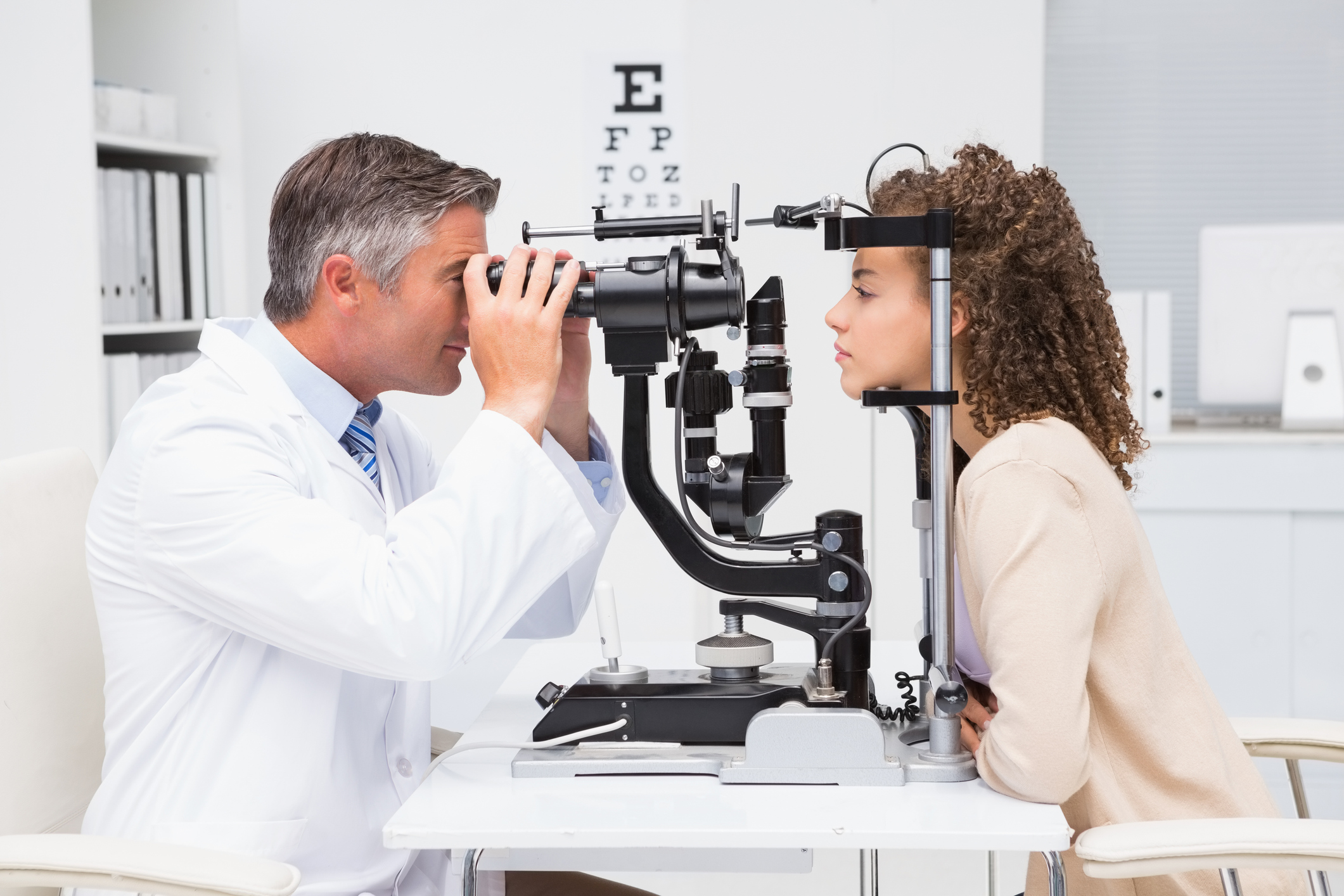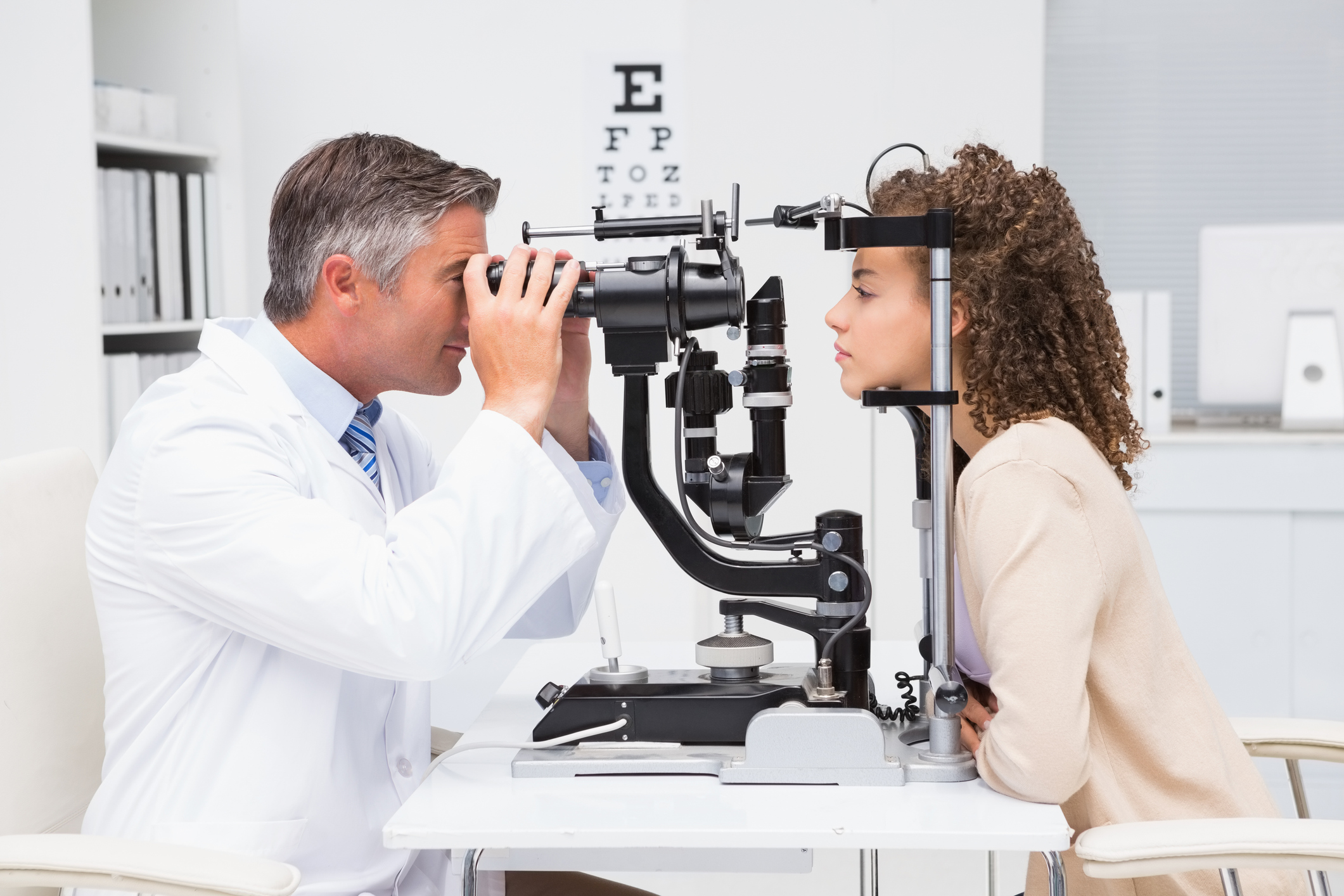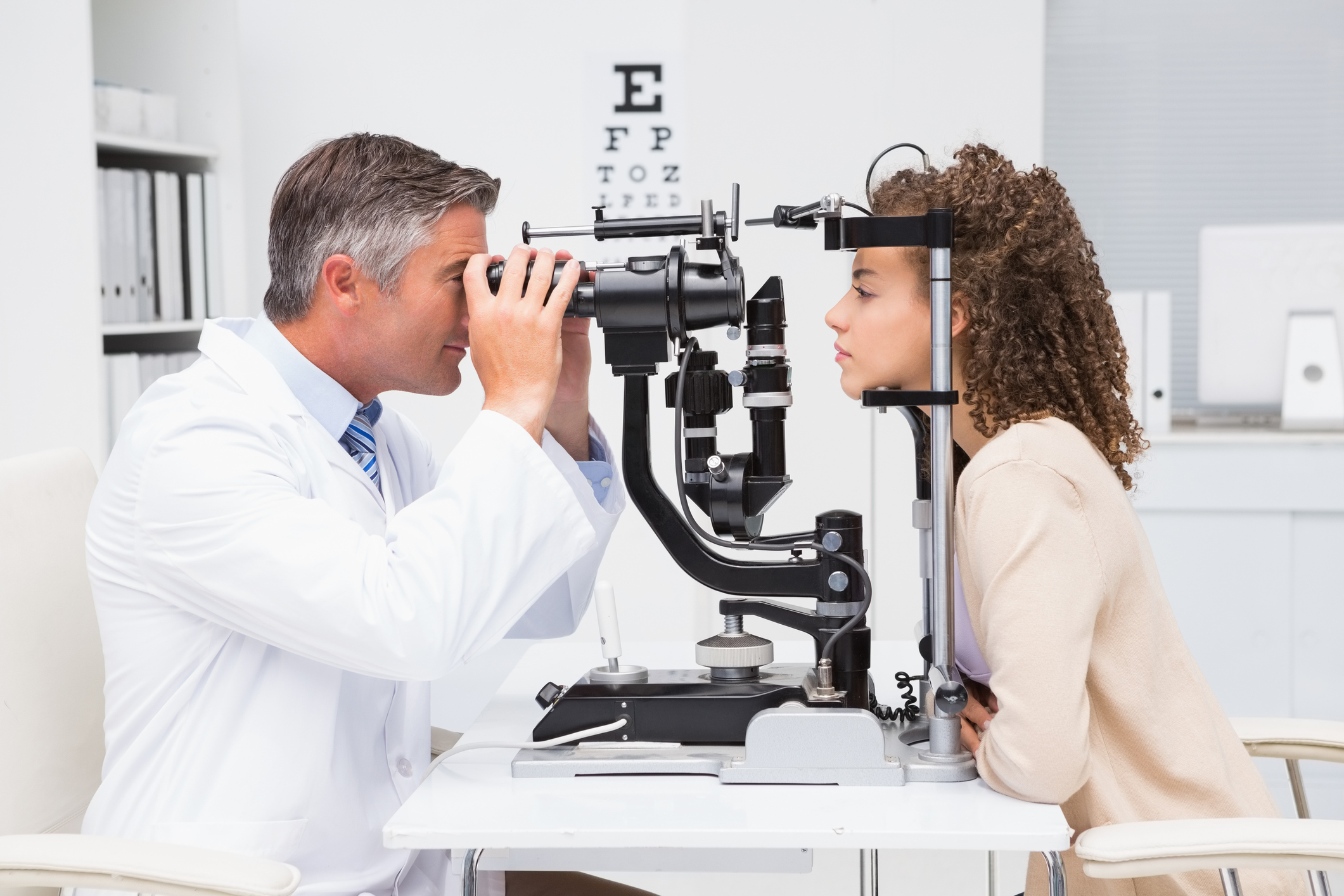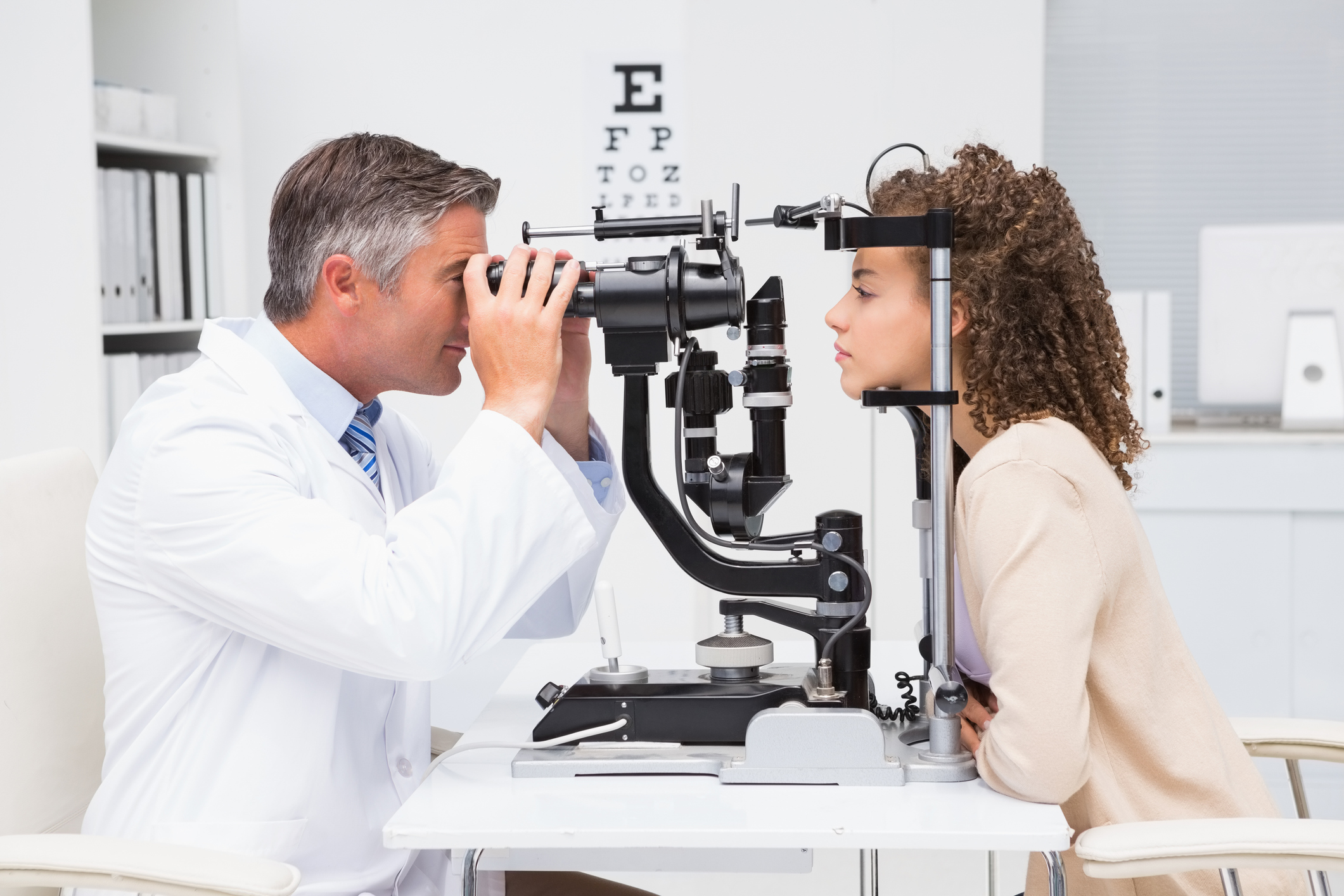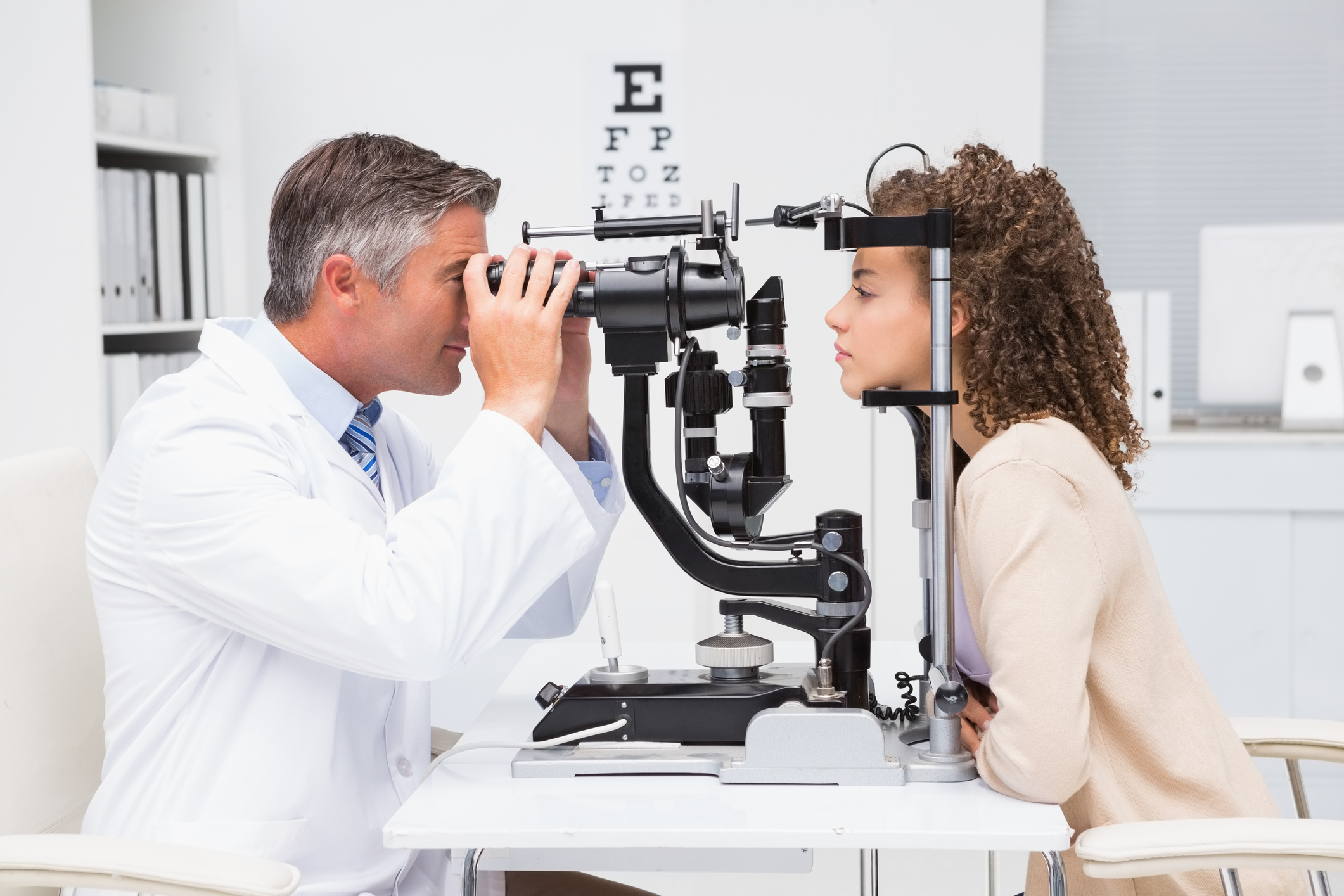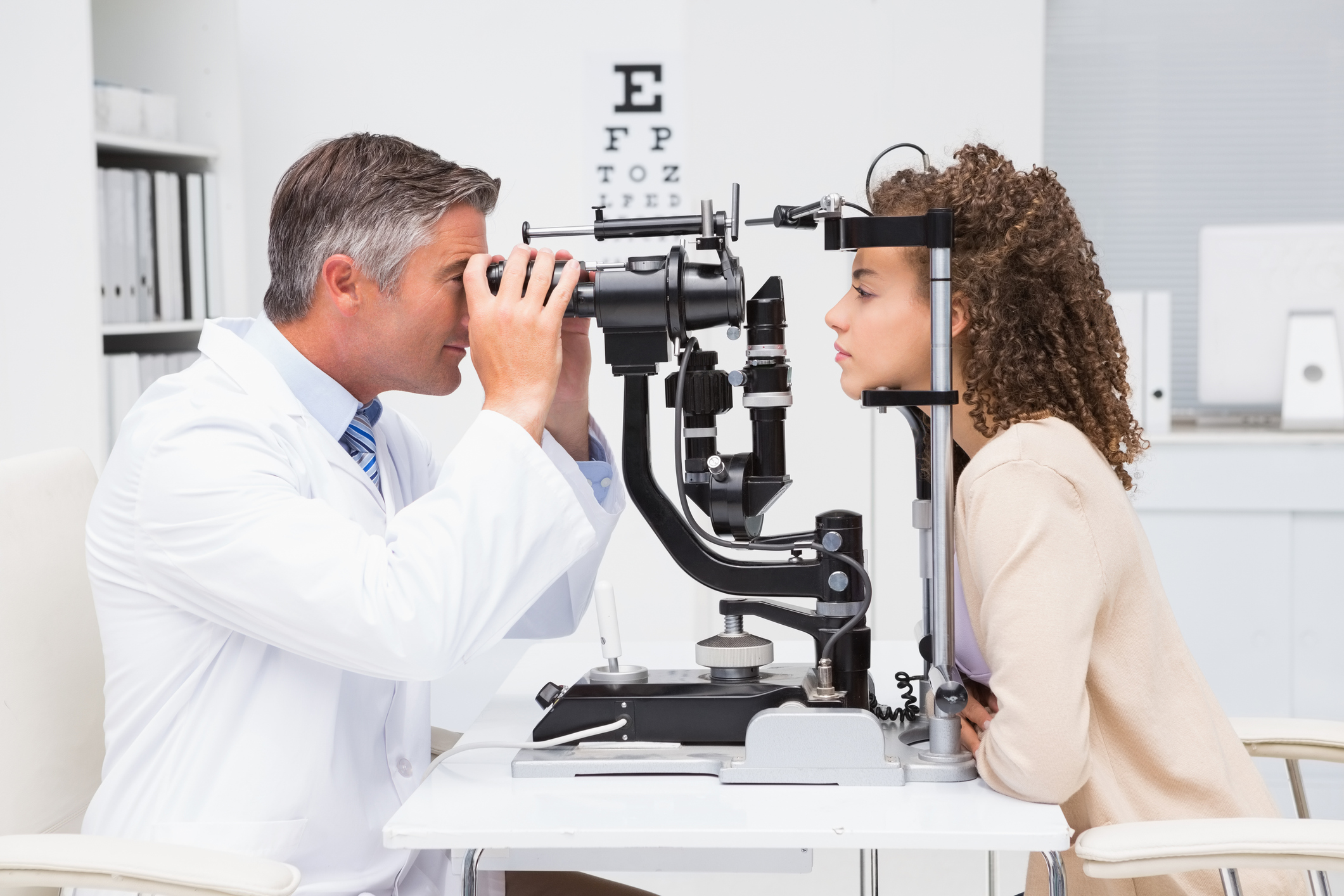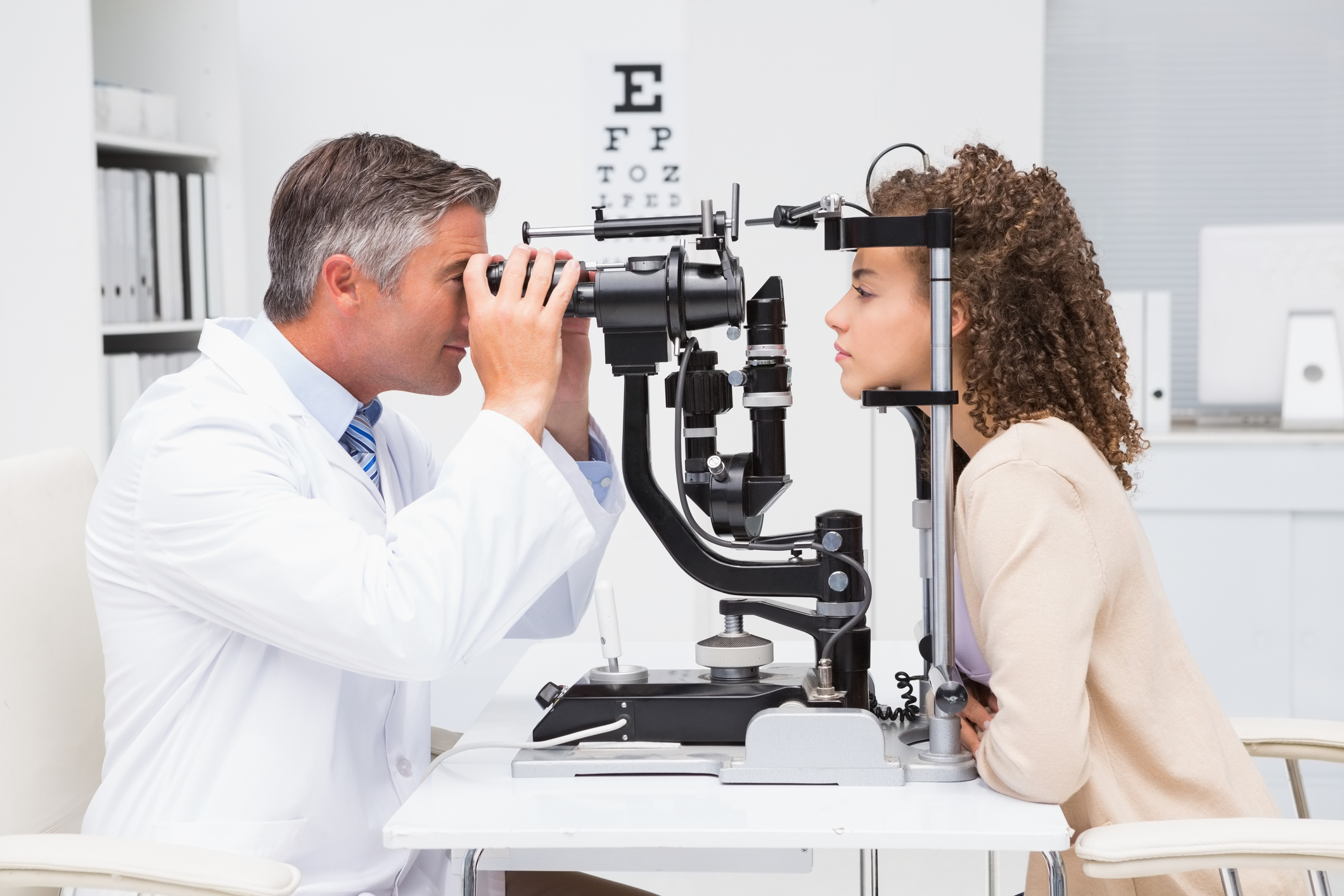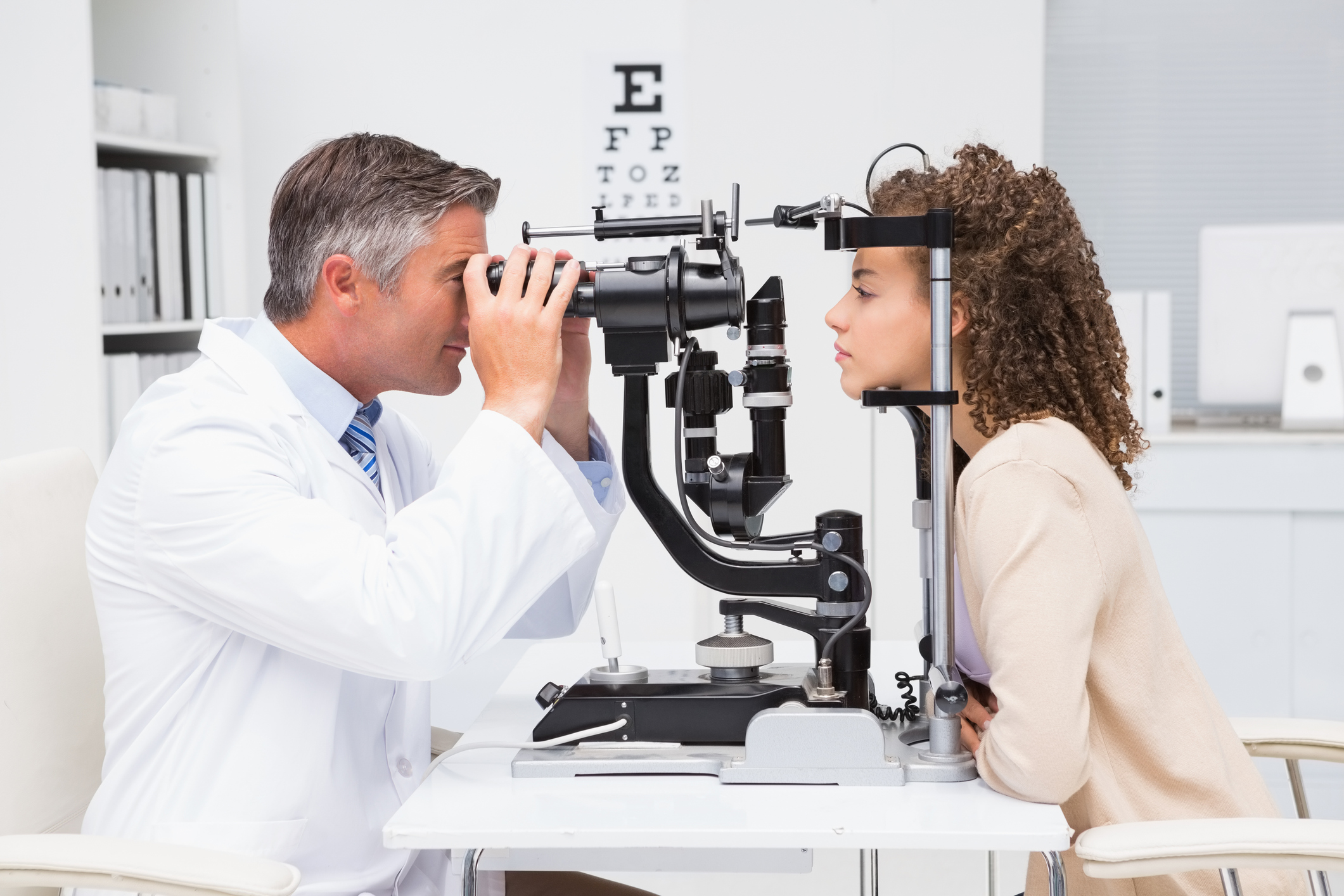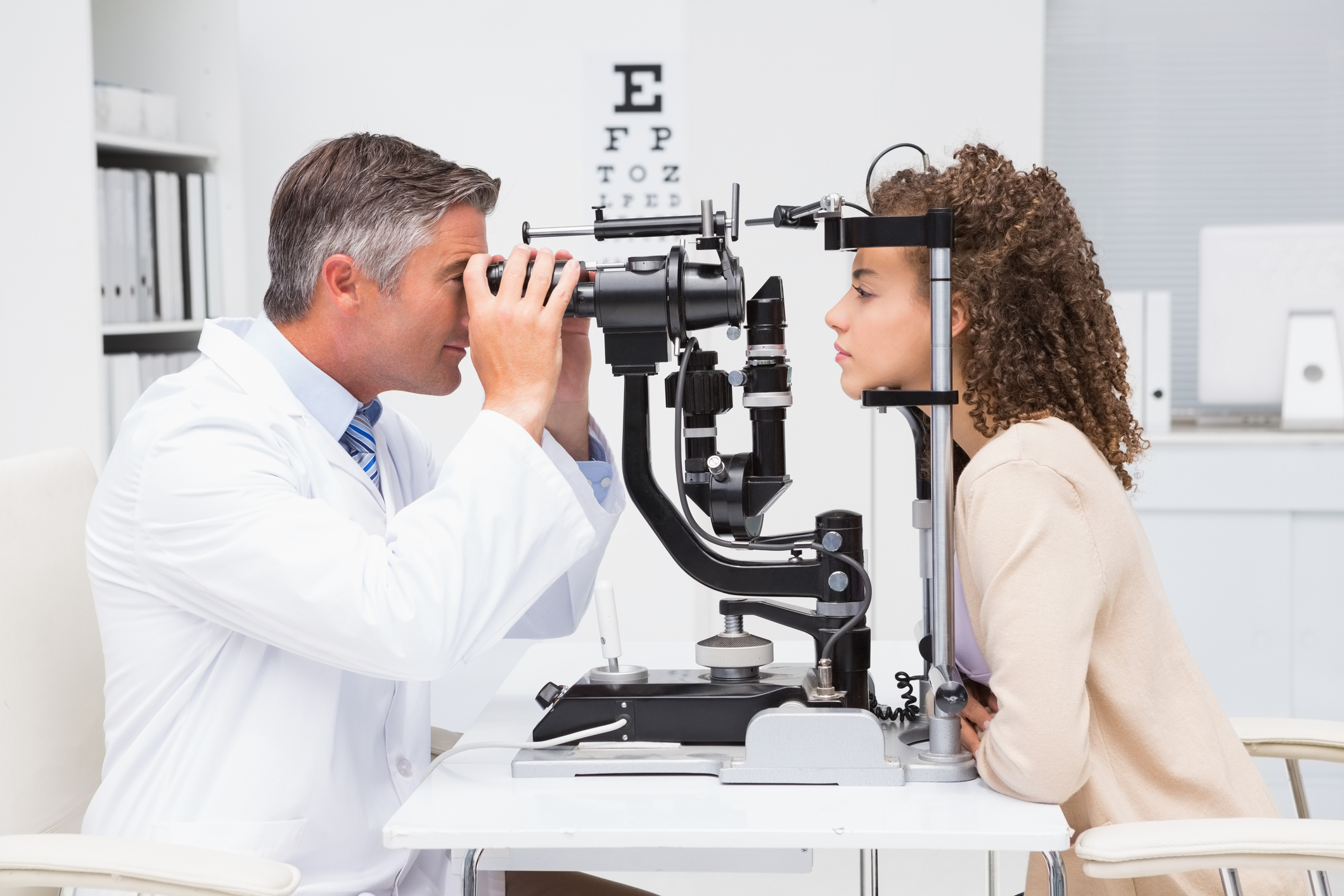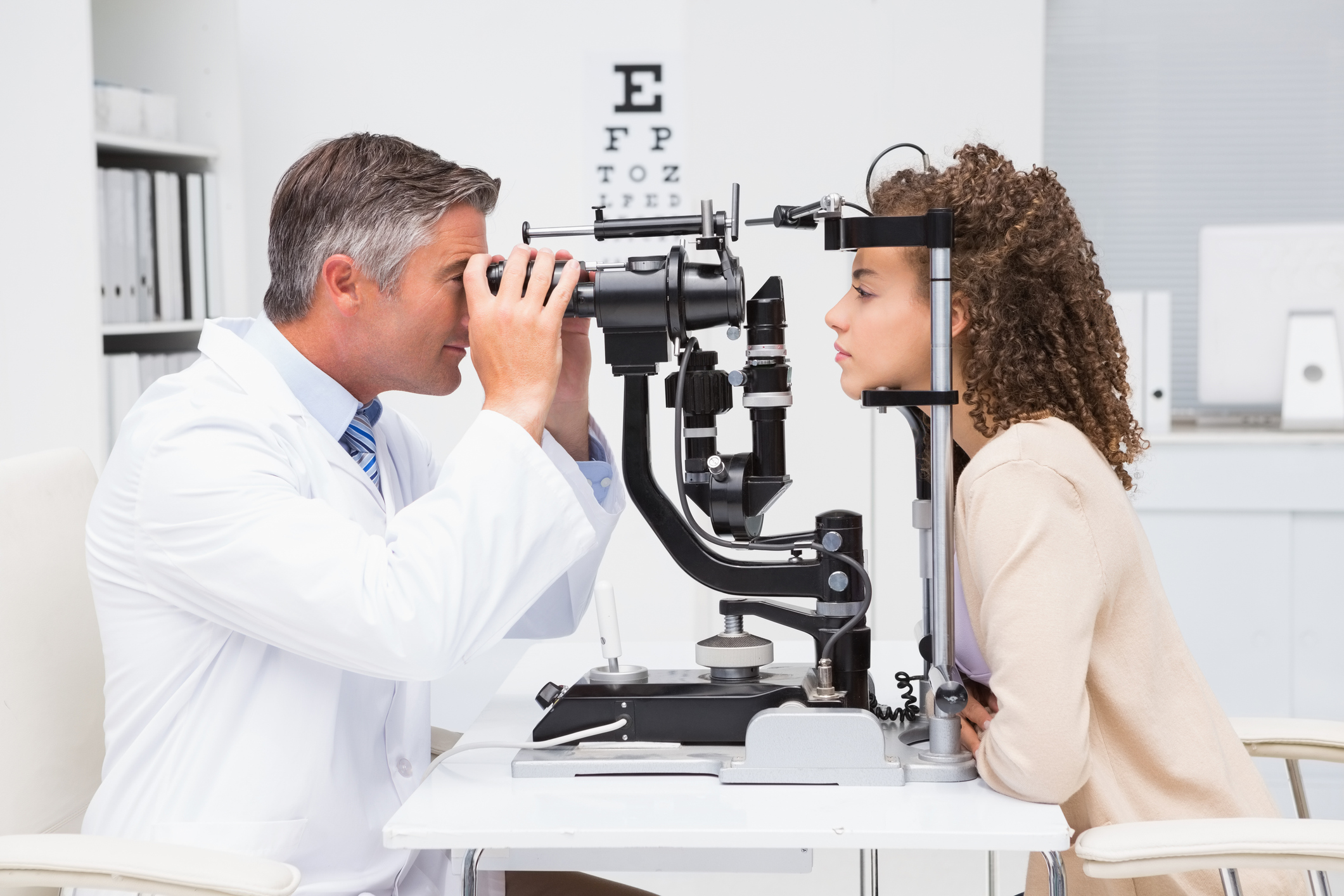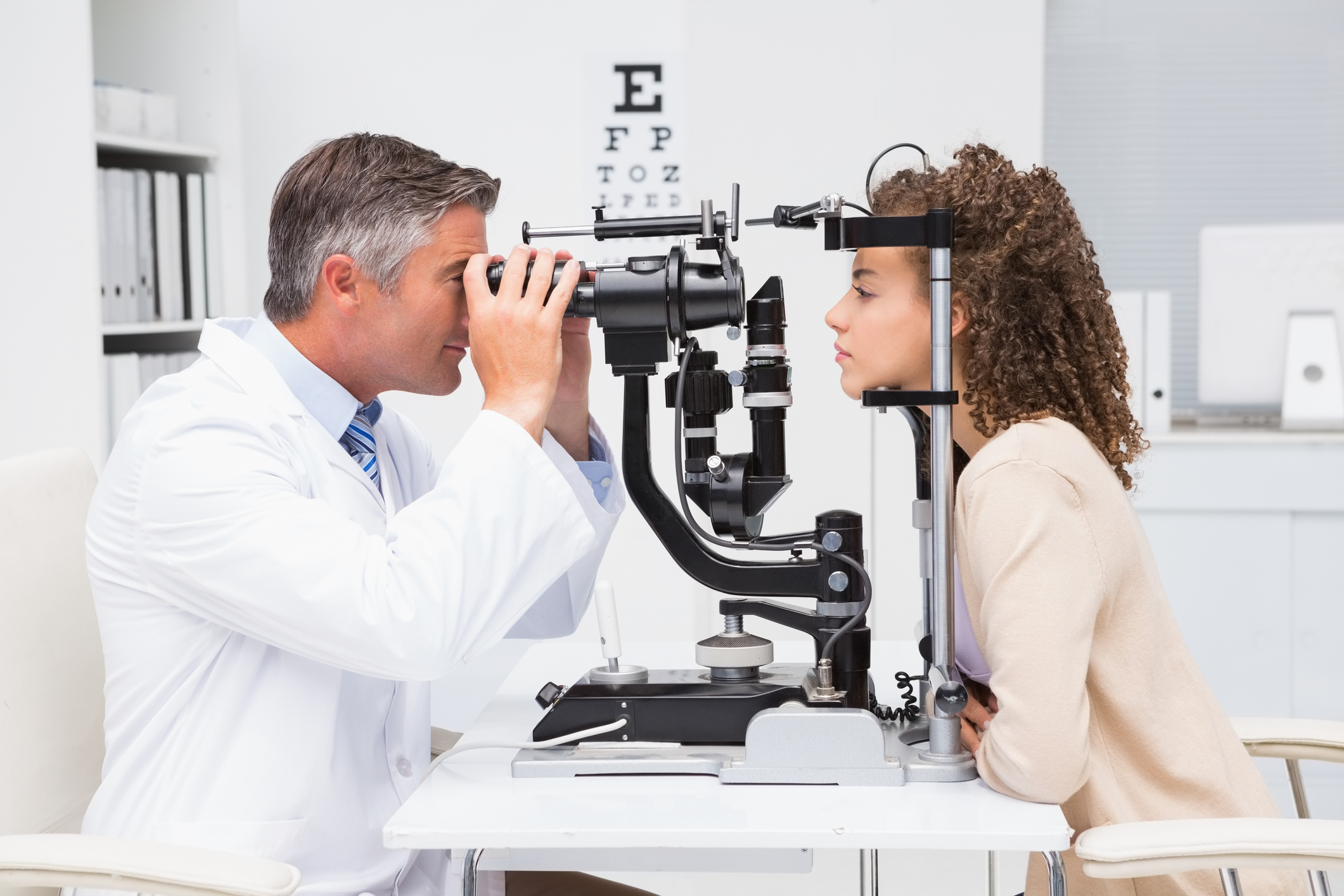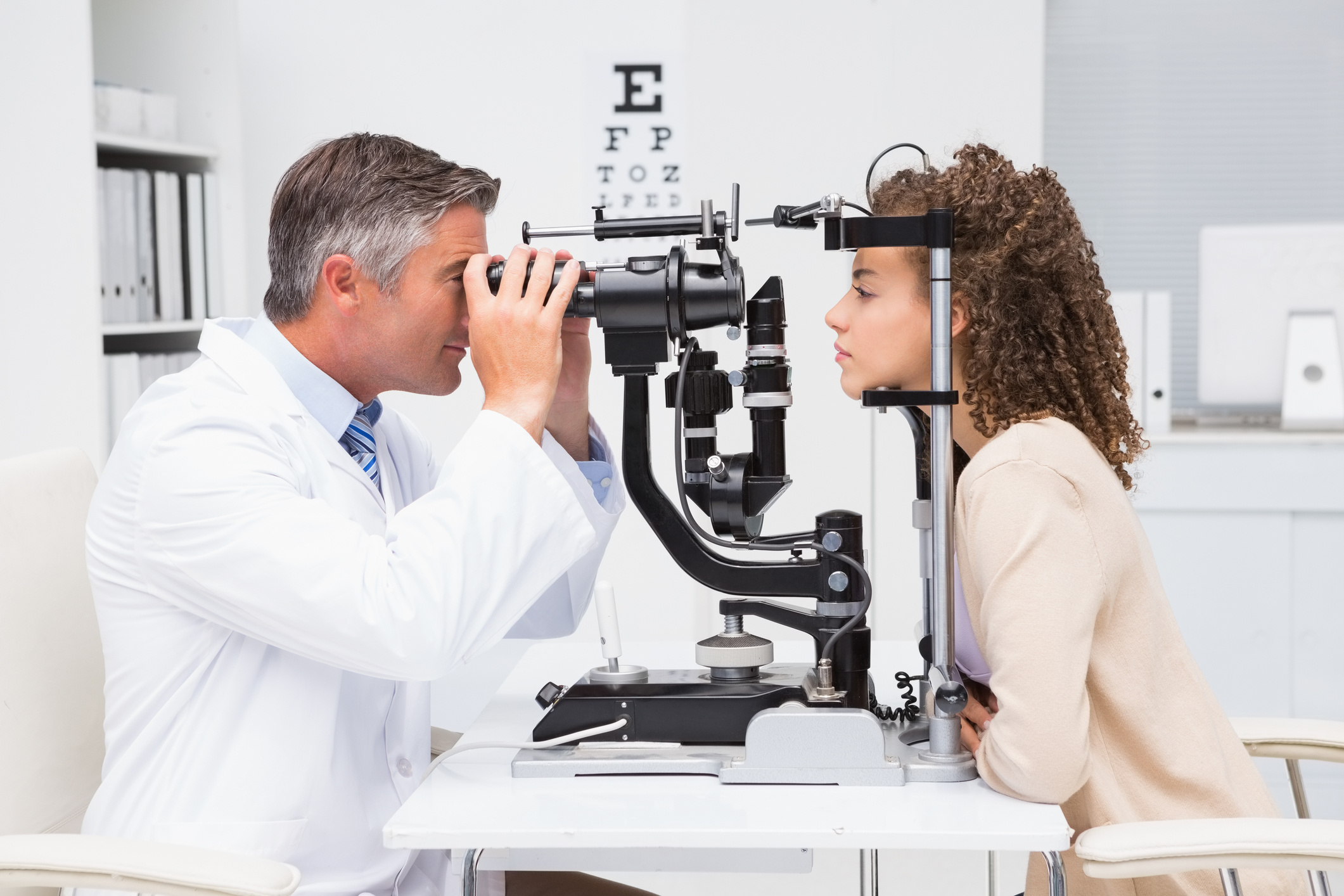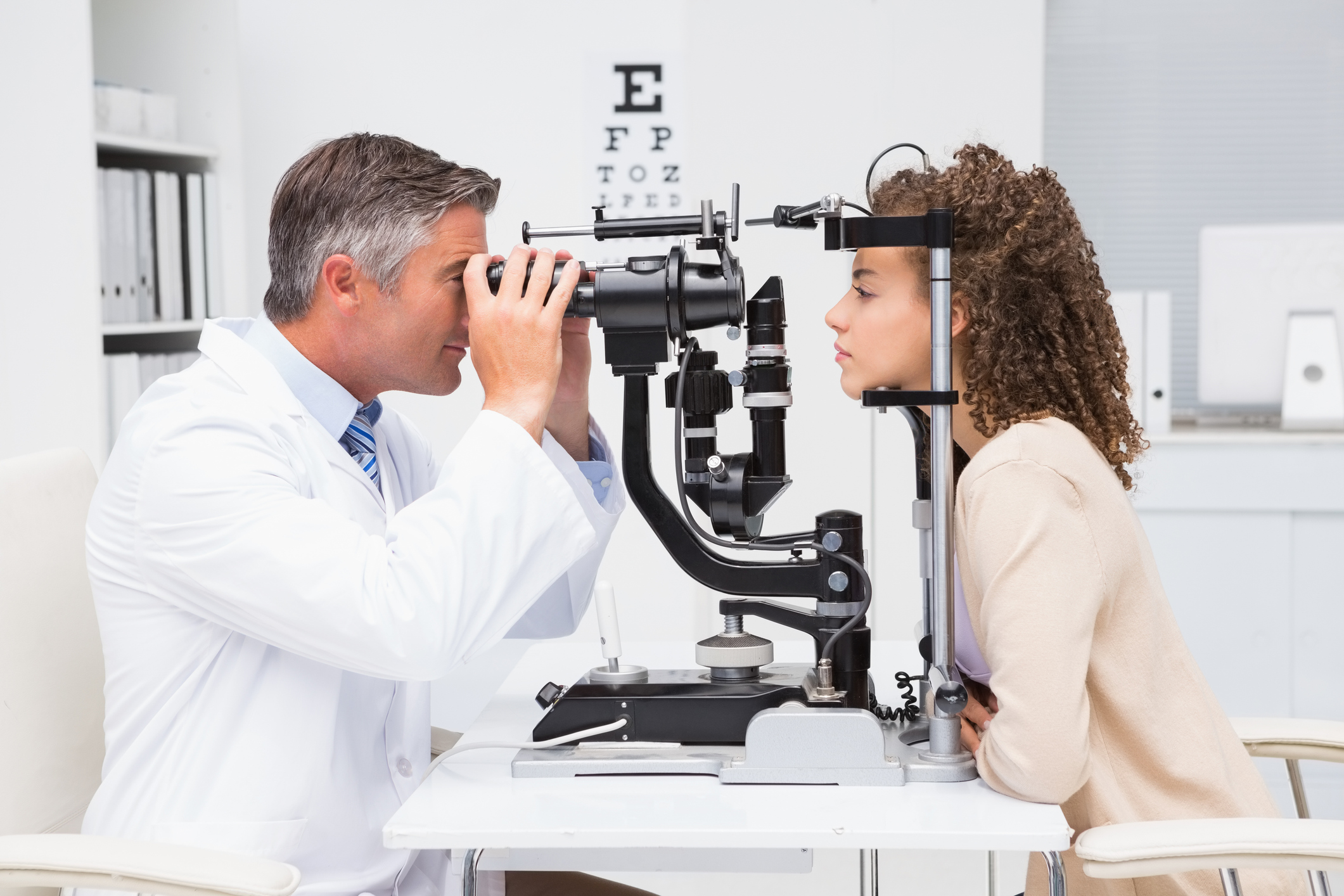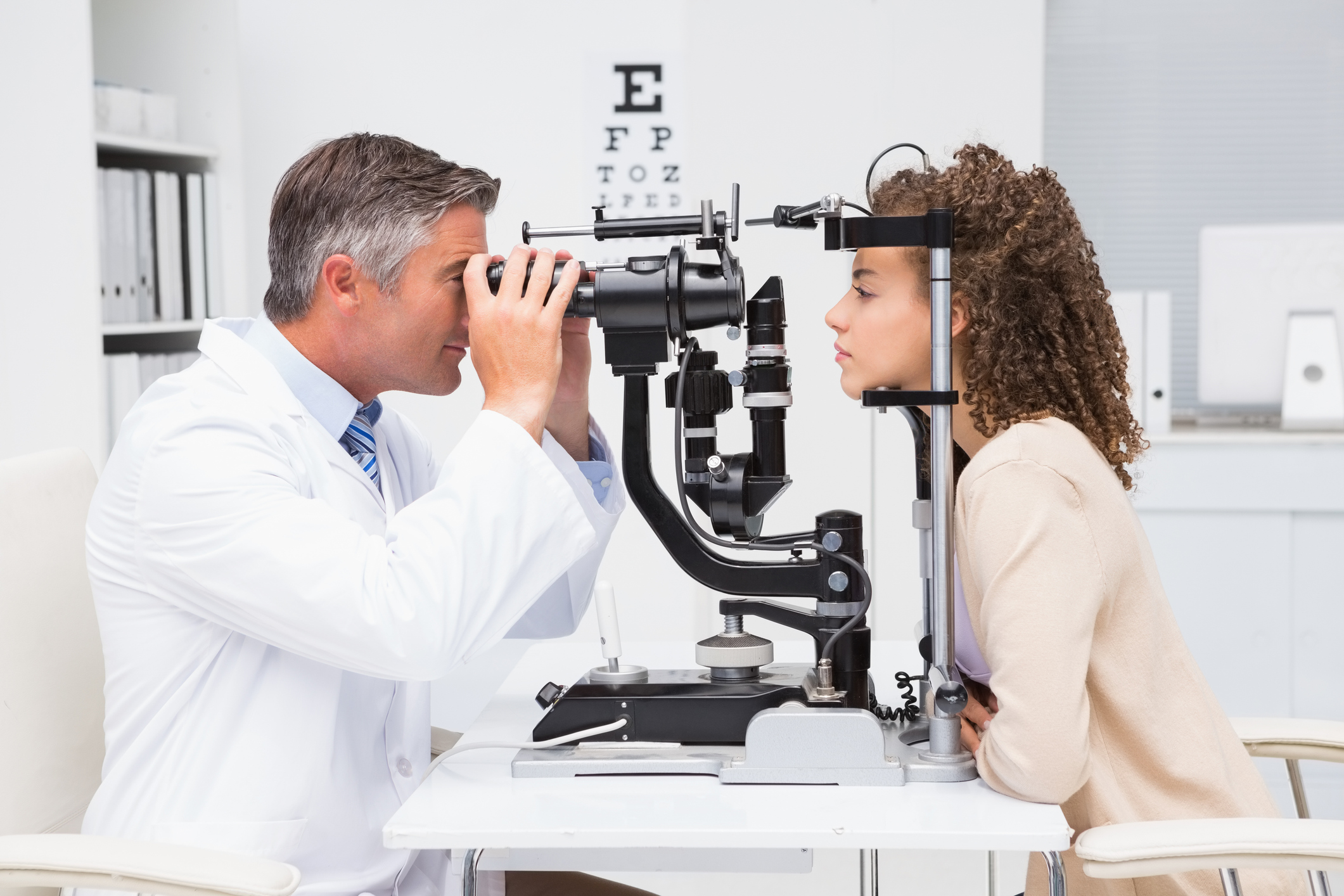Running a high street optician practice involves numerous risks that could potentially threaten your business operations and f…
Eye Examination Insurance: Essential Protection for Optical Practices and Eye Care Professionals
Eye examination insurance provides crucial financial protection for optometrists, ophthalmologists, and optical practices against the unique risks associated with providing eye care services. This specialized insurance coverage addresses the specific liabilities that arise during routine eye examinations, diagnostic procedures, and vision assessments.
Understanding Eye Examination Insurance
Eye examination insurance is a form of professional indemnity insurance specifically designed for eye care professionals. It protects against claims arising from alleged errors, omissions, or negligence during eye examinations and related services. This coverage is essential for maintaining professional practice and protecting against potentially devastating financial consequences.
Key Coverage Areas
Professional Indemnity Coverage
Professional indemnity coverage forms the foundation of eye examination insurance, protecting against claims of misdiagnosis, delayed diagnosis, or failure to detect eye conditions. This includes protection when serious conditions like glaucoma, diabetic retinopathy, or retinal detachment are allegedly missed during routine examinations.
Public Liability Insurance
Public liability insurance covers incidents where patients or visitors suffer injury on practice premises. This might include slip and fall accidents in waiting areas, injuries from equipment, or reactions to eye drops administered during examinations.
Equipment Coverage
Equipment coverage protects valuable diagnostic equipment including OCT scanners, visual field analyzers, fundus cameras, and slit lamps. Given the high cost of modern optical equipment, this protection is crucial for practice continuity.
Cyber Liability Coverage
Cyber liability coverage addresses the growing digital risks in modern optical practices, including patient data breaches, ransomware attacks, and electronic health record compromises.
Common Claims in Eye Examination Practice
Misdiagnosis Claims
Misdiagnosis claims represent the most significant risk area for eye care professionals. These can arise when conditions like glaucoma are allegedly missed during routine examinations, leading to vision loss that patients claim could have been prevented with earlier detection.
Delayed Diagnosis Claims
Delayed diagnosis claims occur when eye care professionals are accused of failing to recognize the urgency of symptoms or refer patients promptly for specialist care. This is particularly relevant for conditions requiring immediate intervention.
Prescription Errors
Prescription errors, while less common in examination-focused practices, can still occur when eye care professionals provide incorrect prescriptions based on examination findings, leading to vision problems or eye strain.
Communication Failures
Communication failures can result in claims when patients allege they weren't properly informed about examination findings, recommended follow-up care, or potential risks of detected conditions.
Risk Management Strategies
Comprehensive Record Keeping
Comprehensive record keeping forms the foundation of effective risk management in eye examination practice. Detailed documentation of examination procedures, findings, patient communications, and follow-up recommendations provides crucial protection in the event of claims.
Regular Equipment Calibration
Regular equipment calibration and maintenance ensures accurate examination results and reduces the risk of equipment-related errors. This includes maintaining service records and following manufacturer guidelines for all diagnostic equipment.
Clear Communication Protocols
Clear communication protocols help ensure patients understand examination results, recommended treatments, and the importance of follow-up care. Written summaries of key findings and recommendations provide additional protection.
Continuing Professional Development
Continuing professional development keeps eye care professionals current with best practices, new diagnostic techniques, and evolving standards of care in the rapidly advancing field of optometry and ophthalmology.
Choosing the Right Insurance Coverage
Coverage Limits
Coverage limits should reflect the potential severity of claims in eye examination practice. Given that vision loss claims can result in substantial compensation awards, adequate professional indemnity limits are essential.
Retroactive Coverage
Retroactive coverage protects against claims arising from past examinations, which is crucial given that some eye conditions may not manifest symptoms until years after initial examinations.
Legal Defense Coverage
Legal defense coverage ensures access to specialist legal representation familiar with optical practice and professional standards. This expertise is invaluable when defending against complex clinical negligence claims.
Run-off Coverage
Run-off coverage provides protection after retirement or practice closure, addressing the extended limitation periods that can apply to professional negligence claims.
Regulatory Considerations
Eye examination insurance must comply with professional body requirements, including those set by the General Optical Council (GOC) and other relevant regulatory authorities. These bodies often specify minimum insurance requirements for practicing optometrists and dispensing opticians.
NHS contract requirements may specify additional insurance obligations for practices providing NHS eye examinations. Understanding these requirements is crucial for maintaining contract compliance.
Cost Factors and Premium Considerations
Practice Size and Patient Volume
Practice size and patient volume significantly influence insurance premiums, with larger practices typically facing higher costs due to increased exposure. However, economies of scale may apply for group practices.
Claims History
Claims history affects premium calculations, making effective risk management not just good practice but also financially beneficial. Practices with clean claims records often benefit from reduced premiums.
Geographic Location
Geographic location can influence costs, with practices in areas with higher litigation rates potentially facing increased premiums.
Scope of Services
Scope of services affects pricing, with practices offering specialized procedures or treating high-risk patient populations potentially requiring additional coverage.
Integration with Practice Management
Eye examination insurance should integrate seamlessly with overall practice risk management strategies. This includes staff training on risk awareness, incident reporting procedures, and claims management protocols.
Regular insurance reviews ensure coverage remains adequate as practices evolve, add new services, or expand their patient base. Annual reviews with insurance specialists help identify coverage gaps and optimization opportunities.
Future Considerations
Technological Advances
Technological advances in eye examination equipment and techniques may create new risk areas requiring insurance adaptation. Practices should work with insurers who understand these evolving risks.
Telemedicine Services
Telemedicine and remote consultation services are becoming more common in eye care, creating new liability considerations that insurance coverage must address.
Data Protection Requirements
Data protection requirements continue to evolve, making robust cyber liability coverage increasingly important for practices handling sensitive patient information.
Conclusion
Eye examination insurance provides essential protection for optical practices and eye care professionals against the unique risks inherent in providing vision care services. From professional indemnity coverage protecting against misdiagnosis claims to equipment insurance safeguarding valuable diagnostic tools, comprehensive coverage is crucial for practice sustainability.
The key to effective eye examination insurance lies in understanding the specific risks faced by optical practices and ensuring coverage adequately addresses these exposures. Regular review and updating of insurance arrangements, combined with robust risk management practices, provides the best protection for eye care professionals and their patients.
Working with insurance providers who understand the optical industry ensures access to appropriate coverage options and specialist support when claims arise. This partnership approach to risk management helps protect both the financial stability of optical practices and the high standards of patient care that define professional eye examination services.
For expert advice on eye examination insurance and comprehensive coverage options for optical practices, contact Insure24 at 0330 127 2333 or visit www.insure24.co.uk


 0330 127 2333
0330 127 2333
